It has been an eventful season on the Crane Nest Camera! The season started out in mid- April with territorial disputes between Rocky and Athena and another pair — likely, the crane pair that later became known to us as Ariel and Eric. We watched Athena lay two eggs, and Rocky and Athena dutifully take turns incubating those eggs for two weeks. On the night of May 1, a coyote scared Athena off the nest and predated the eggs. Rocky and Athena remained in the territory, showed signs of re-nesting, but then Athena suddenly disappeared. For several days we heard Rocky calling for Athena. We do not know for sure what happened to Athena, but a dead crane was found under a power line in the area a few days later. Meanwhile, Rocky showed up on camera with a new female, Adrian. We have watched the two of them bond over the course of the past few weeks with much dancing, unison calling, and faux nest building.
The night after Rocky and Athena’s nest was destroyed by the coyote, the camera crew discovered a second crane nest, located in the same wetland where Rocky and Athena had been nesting but in a very wet area that was further from the camera. This pair, named Ariel and Eric after the characters in the film The Little Mermaid, diligently protected their territory from various predators as well as from numerous cranes that made incursions into the area. The camera saw a plethora of wildlife where Ariel and Eric were nesting– beavers, muskrats, waterfowl, song birds, raccoons, deer, marmots, and more. On the morning of May 22, we got our first look at the newly hatched chick, Melody. And the next day after the family had left the nest, we discovered that there actually was a second chick – Harmony. Since then, the crane family has been seen on camera most mornings foraging in the area near their nest. The chicks are growing rapidly and the parents guard them diligently. Every morning after breakfast, the crane family has been moving off camera and we only get glimpses of them throughout the day.
As time goes on, the crane family, as well as Rocky and Adrian, will increase their territory and become less predictable as far as their whereabouts. With that in mind, our nest camera production team has made the decision to turn off the camera as of June 1. We hope you have enjoyed watching these amazing birds during this nesting season – a time when cranes are typically very secretive. We also hope you have learned about the many difficulties that cranes face and how important it is that we protect them and their habitat.
Thank you to our dedicated nest camera production team who have been operating the nest camera day and night since April 12th. Thanks also to all of you for watching and for caring about our Yampa Valley Greater Sandhill Cranes. You can review the whole season by going to our Nest Camera Highlights page. You can also visit our YouTube channel “Colorado Cranes” for more footage from the season and to subscribe for updates. See you next spring for the 5th season of the Colorado Crane Conservation Coalition Crane Nest Camera!
Learn more about Sandhill Crane nesting by checking out our Nesting FAQs! Watch our 2021 webinar: Everything You Want to Know About Greater Sandhill Crane Nesting.
Warning: This is a wild Sandhill Crane nest and anything can happen. While we hope the nest is successful and both eggs hatch, many things can happen to prevent this, including the eggs being infertile, predation of the eggs, chicks or adults, and natural disasters.
Disclaimer: We are livestreaming a wild bird nest and may experience technical problems. We cannot control problems related to mother nature, disrupted signals, etc. If you can’t play the video, try refreshing the webpage. Visit our Nest Camera Highlights page to see the best moments from this nest.
Thank you to our sponsors
The live video feed was made possible through grants provided by the Yampa Valley Community Foundation and the WHILD fund. Internet access for live streaming is provided by Zirkel Wireless. Camera installation and setup were completed by Photon Syndicate. Updated equipment was possible because of generous individual donors. Thank you also to CCCC staff and volunteers for their tech support. Thank you to all our wonderful viewers without which this camera would not exist.






